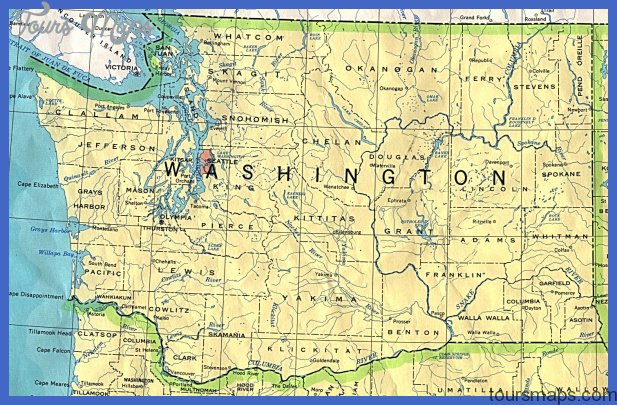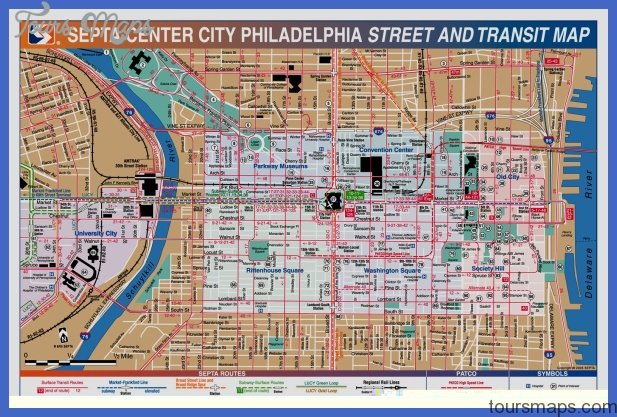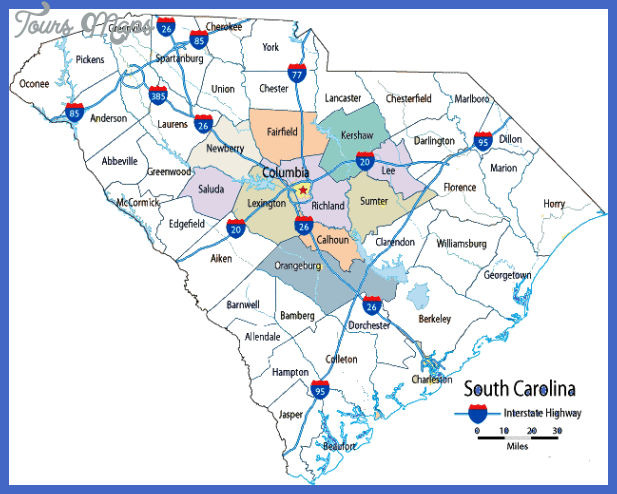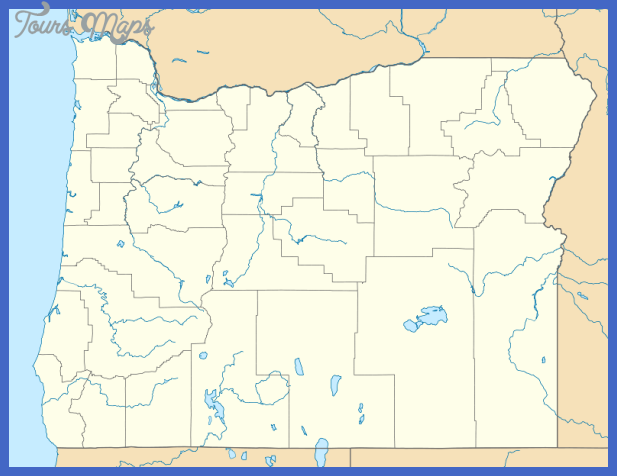Category: Maps
Early Latino Presence in West Virginia’s Mining Communities In the early 1900s, West Virginia boasted a prospering economy based on coal mining and an incipient zinc industry. The successful …
Washington Agricultural Development Since the establishment of a Latin American presence in Washington in the late 1770s, the early economic development of the state mostly involved Mexicans who traveled …
Philadelphia Current Demographics In the early twenty-first century, Latino Pennsylvania continues to grow. Latinos composed 3.2 percent of the state population in 2000, and in 2005 had grown to …
Response to Latino Migration While a number of middle-class Latino professionals live in South Carolina, the majority of Latinos are new, working-class migrants. Some observers are quick to point …
Texas HISTORICAL OVERVIEW In 2000, Latinos numbered 7,318,988, or 35.1 percent of the Texas population. Dispersed across the state’s 261,797 square miles, this population represents nearly five hundred years …
Philadelphia Migration and the Labor Force Cigar-making factories would continue to be an important source of employment well into the 1950s, but the industrialization of Philadelphia in the late …
Colonial South Carolina The Latino presence in South Carolina dates to the early sixteenth century. Spanish exploration of the region of present-day South Carolina began when Lucas Vasquez de …
Changing Social Relations in Tennessee Although Latinos have much in common with generations of rural Tennesseans who migrated to midwestern and northeastern cities, Latinos are often perceived as …
Immigration, Reform Act, and the Settling of the Third and Fourth Generations of Latinos in Oregon By the 1980s the Latino population in Oregon included a significant number of …
HISTORICAL OVERVIEW In 1798, Regis Loisel (1773-1804), another French Canadian turned Spaniard, landed in St. Louis, determined to extend the fur trade to the headquarters of the Missouri. He …










